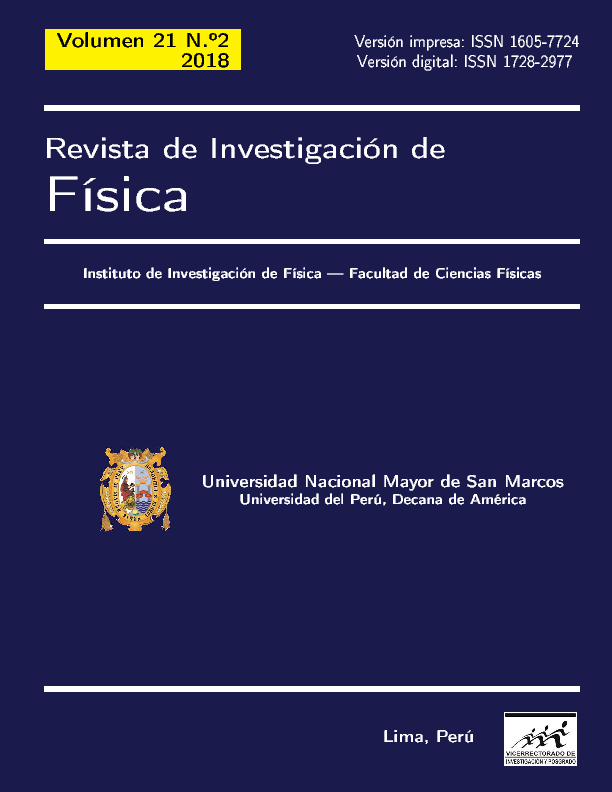Numerical Modeling of the 1960 Lambayeque Tsunami (Mw 7.6)
DOI:
https://doi.org/10.15381/rif.v21i2.20235Keywords:
Numerical modeling, earthquake, tsunamiAbstract
In this article the dynamics and numerical simulation of the Lambayeque tsunami, Peru, occurred on November 20, 1960 (Mw = 7.6) in its three processes: generation, propagation and inundation, are studied. The numerical model TUNAMI was used to simulate the processes of propagation and ooding. The bathymetry and topography information obtained from the GEBCO model with resolution of 30 seconds of arc (approximately 927 m) is required as input data. The results of the model are the parameters such as: arrival times of the rst tsunami wave, maximum height wave and inundation areas for each zone to be modeled, these results have been corroborated with information provided by the population that endured the eects of the earthquake and subsequent tsunami and that is detailed in this article. The results of the arrival times for the Pimentel, Santa Rosa and Puerto Eten areas were 30, 35 and 40 minutes respectively. The maximum horizontal inundation in Pimentel was of 1.86 km of distance and the height of the wave arrived approximately at 6 m.
Downloads
Published
Issue
Section
License
Copyright (c) 2018 Nick Moreno, Cesar Jimenez

This work is licensed under a Creative Commons Attribution-NonCommercial-ShareAlike 4.0 International License.
THE AUTHORS RETAIN THEIR RIGHTS:
a. The authors retain their trademark and patent rights, as well as any process or procedure described in the article.
b. The authors retain the right to share, copy, distribute, perform and publicly communicate the article published in the Revista de Investigación de Física (for example, place it in an institutional repository or publish it in a book), with an acknowledgment of its initial publication in the Revista de Investigación de Física.
c. The authors retain the right to make a subsequent publication of their work, to use the article or any part of it (for example: a compilation of their works, notes for conferences, thesis, or for a book), provided that they indicate the source. of publication (authors of the work, journal, volume, number and date).














